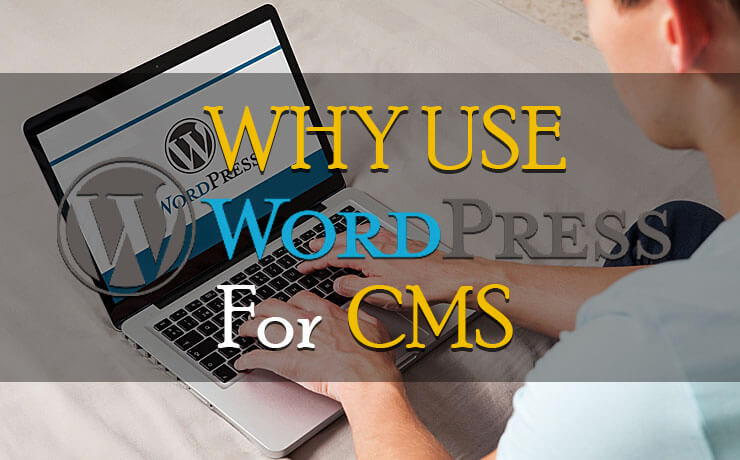How Should Industrial Businesses Approach Website Design And Development?

Chad Faith
Director of Content

Data is a valuable asset for a wide range of manufacturers and industrial businesses. No, it is not just about predictive analytics or equipment monitoring, we are referring to data that is needed for an industrial company’s online marketing strategies. Just like how industrial facilities use data to improve quality control and increase production, marketing teams in those organizations also require data to increase sales opportunities and the types of leads that come from those sources.
Before the needed data can be acquired, industrial businesses need a website. So, how should website design and development for industrial businesses proceed? Here are some web design and development tips that can help you attract more visitors, maximize engagement, and increase the potential for conversions – ultimately allowing you to achieve sales-qualified leads (SQLs).
Deliver Mobile Friendly Experiences
You should keep in mind that the Industrial Internet of Things (IIoT) has accelerated its move to all things mobile. This means that more and more manufacturers are utilizing smart devices to research current trends and prices. In addition, over 60 percent of online searches are facilitated via mobile devices. This shows that your website must be mobile-friendly. This way, you can deliver the highest quality user experience.
Today, you can take advantage of robust CMS platforms that allow you to optimize pages for mobile, simplify navigation, and minimize clutter. A good industrial website should be able to identify who they serve and what they are about. So, start creating responsive and intuitive design and content!
Growth-Driven Design
Industrial companies can no longer afford to design and develop a website and then set it and forget it. Website development has to be approached via a continuous improvement mindset. What you need is a growth-driven design. This approach allows you to make iterative changes to your website based on insights and metrics pertaining to user behaviors. For example, you may use traffic and conversion data to make adjustments to layout or content. Compared to traditional website development, this method is more budget friendly. What’s more, it streamlines website development processes and drives better results at a faster rate.
Optimize Product Pages
Today, the act of perusing thick, printed product catalogs is outdated. Professionals refer to digital content instead. Your goal is to implement a simple search feature that allows your website visitors to quickly find an industrial service or product that they need. They will be pleased if you can help them save time and money, i.e. avoiding interaction with a traditional customer service representative.
With the right tools, you can track visitors’ browsing history to see what products or services they are interested in. From there, you can optimize your product pages by adding relevant tips, recommended links, and other related products. To ensure that you have understood the situation correctly, you can use UX and A/B testing tools.
Clean Design
When your site offers a great user experience, visitors will keep returning. You will see your traffic rise. If it is bad and hard to navigate, it will have the opposite effect and people are unlikely to return to your site. Sometimes, keeping things simple is key. For example, reducing the number of navigation tabs or implementing a drop-down feature that intuitively guide visitors.
Once you have designed the layout and launch it, you can use heat mapping tools to see where page visitors spend the most time. Is it the headline? Was it at the middle of the page? Did the visitor click a static image, thinking it was a link? These bits and pieces of information are vital for improving your page’s design, functionality, and layout.
 Free
Consultation
Free
Consultation Free
Google Ads Audit
Free
Google Ads Audit







